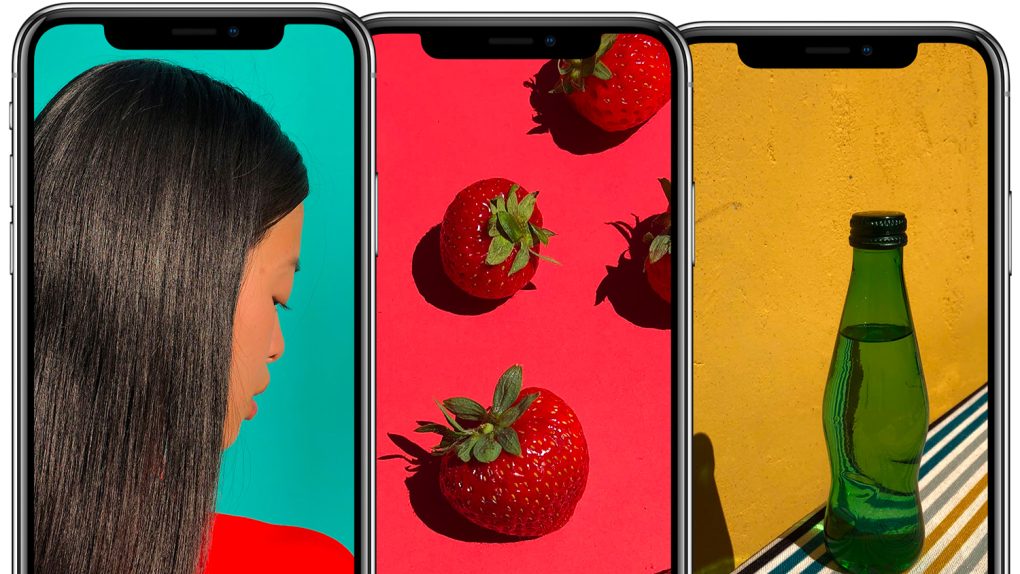I have a Twitter list packed with about 100 different tech news sources, and it’s pretty much the only thing I use Twitter for these days. I check it periodically throughout the day, but it’s most useful to me when I first wake up each morning because I scroll through it and read every headline of every article that was posted overnight. When I find things that look interesting, I save them (with Instapaper, which I still use and love) and read them later when I get to my desk.
As I scrolled through my feed early this morning, I saw a baity headline that I scoffed at and scrolled right past. But then I saw it again. And again. That’s right, ZDNet’s account tweeted this article three times in the span of just a few hours. After the third pass, I finally relented and tapped. I’ll never get those 120 seconds of my life back, so now I’m taking you down with me, dear readers. Let’s take a stroll through “Sorry Apple, but I just can’t face using Face ID” together.
Change is scary and Face ID on the iPhone X is a huge change. Apple first introduced Touch ID in 2013, and while it wasn’t the first time a fingerprint sensor had been used on a smartphone, it was by far the best implementation to date at the time. Touch ID continues to be the industry standard, and it is solely responsible for the proliferation of fingerprint authentication on smartphones.
Now, and Apple’s tenth-anniversary iPhone, Touch ID is no more.
My initial reaction to the news was the same as everyone else’s: horror, shock, sorrow, and disbelief. Touch ID is such a fantastic way to unlock a smartphone. It’s fast, it’s easy, and it’s secure. With the scanner located beneath the iPhone’s home button, it’s easy to unlock your iPhone as you pull it out of your pocket and raise it to your face. You don’t have to look at it or even think about it. At this point, it’s second nature… and now, for iPhone X users, it will be no more.
This brings us to the blog post that ZDNet wanted me to read so badly. As stated in the headline, the author simply cannot face the idea of using Face ID instead of Touch ID to unlock his phone. The article itself isn’t terrible, but the premise is. Without having used this new Apple technology at all, conclusions are drawn and a Face ID is dismissed.
First, the author incorrectly draws parallels between Face ID, a complex system that has never before existed on a smartphone, and earlier examples of facial recognition on smartphones. “Facial recognition on smartphones is not that new,” he wrote. “I’ve used it on a few handsets before, and always found it wanting.”
Nope.
Face ID on the iPhone X and earlier examples of facial recognition on rival smartphones have nothing in common. Devices like Samsung’s Galaxy Note 8 use a standard front-facing camera to look at a user’s face. As we’ve seen, it’s an extremely basic implementation that appears to be quite easy to trick. Meanwhile, Apple’s TrueDepth camera uses multiple sensors including a dot projector that beams 30,000 invisible dots to cover a user’s face, and a dedicated infrared camera that reads them.
The article goes on to make some valid points about concerns people have, but its biggest flaw is the conclusions it draws. The author of the article obviously hasn’t tested Face ID for any extended period of time. No one has, outside of people who work at Apple. And since the author has no experience with the new tech, he makes several statements that are simply false. Here’s an example:
Using a fingerprint, by the time I’m looking at the phone it’s already unlocked: facial recognition seems to be a step back from that, because I need to look at the phone before it opens.
Again, nope.
This was a big concern ahead of the the iPhone X’s unveiling for people who value convenience over security. As I covered in a recent article, there are two different settings that determine exactly how Face ID will work. If they’re both disabled you do not, in fact, need to be looking at the iPhone X in order to unlock it. In that scenario, the system should work as I described back in August. I haven’t tested it myself — again, no one outside of Apple has — but the statement that “I need to look at the phone before it opens” is false.
The remainder of the article is about a general fear of the proliferation of facial recognition across different industries and scenarios. These are valid concerns once again, but they have little to do with the iPhone X. In the end, the bottom line is this: Face ID might be awful. It might be incredible. Or it might be somewhere in between. No one, including the author of ZDNet’s peculiar blog post, will know until the phone is released next month.








